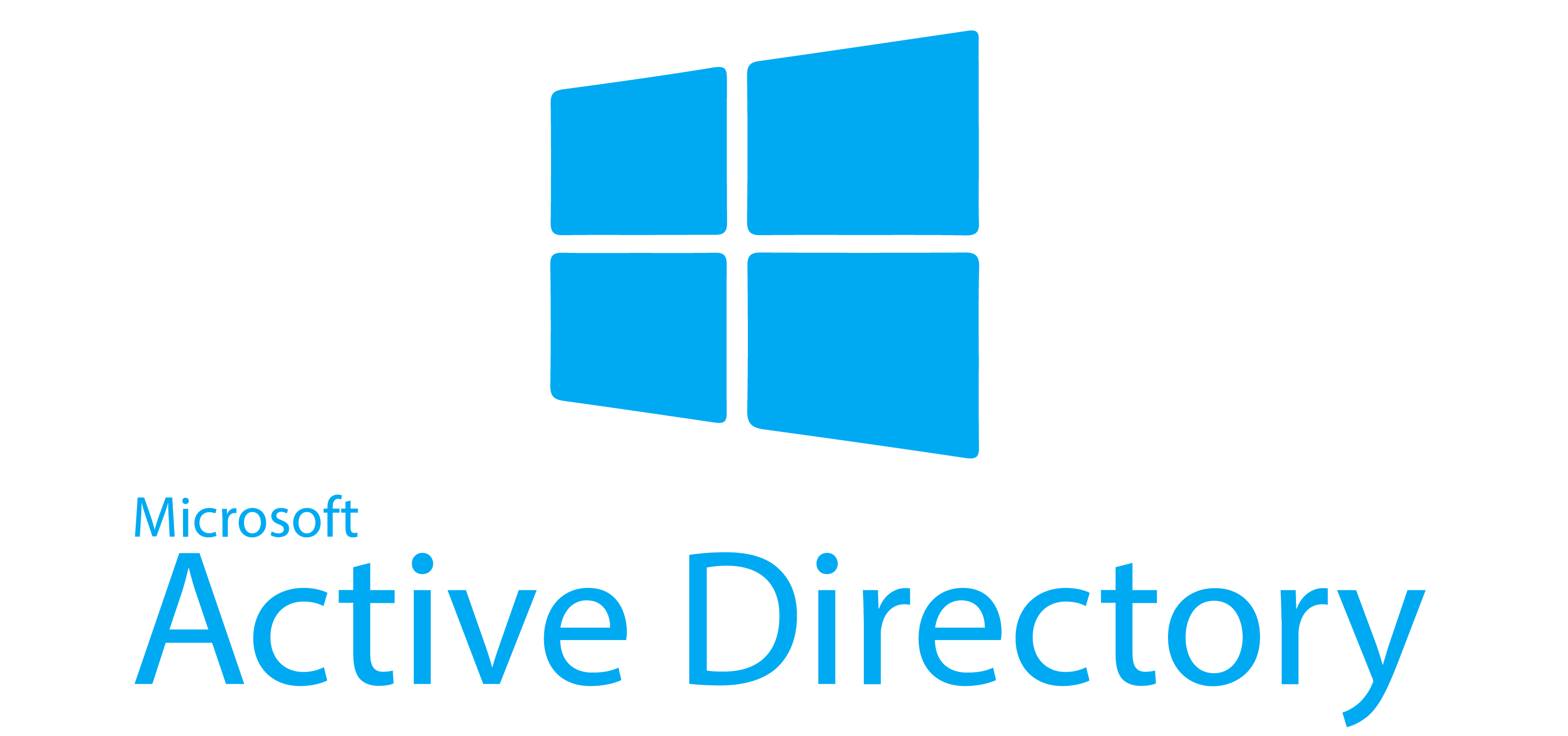Active Directory (AD) is a directory service developed by Microsoft for Windows Server operating systems. It is a hierarchical, distributed database that stores information about network objects such as users, computers, groups and resources.
 How it works
How it works
- Centralised management AD allows administrators to centrally manage identities, access rights and configurations for an entire organisation..
- Authentication and authorisation it provides authentication and authorisation mechanisms enabling users to access the appropriate resources on the basis of their identities and rights.
- Group policies Administrators can define and manage parameters configuration for users and computers across the organisation, including security policies and network parameters.
- Replication AD uses replication mechanisms to ensure data consistency across domain controllers..
Structure and components
Active Directory is organised into several levels:
- Objects represent network resources (users, computers, groups, etc.)
- Domains Objects are grouped together and form the basic unit of the AD structure.
- Trees set of domains sharing a contiguous namespace.
- Forests grouping of trees sharing common information.
✔ Benefits
- Simplified management centralisation of data and configurations.
- Enhanced security : precise control of access and authorisations.
- Scalability ability to adapt to the growth of the organisation



